During a panel discussion at the recent Vegas Valley Book Festival, two venerated local writers, Review-Journal columnist John L. Smith and UNLV creative writing professor Douglas Unger, took aim at the notion of Las Vegas as a city of second chances.
The panel was one among a busy schedule of the festival’s Saturday events. Discussion was led by University of Nevada, Reno, English professor Cheryll Glotfelty, who worked for 12 years collecting stories for Literary Nevada, her powerhouse anthology of the state’s literary heritage. The excerpts Unger and Smith read are contained in the anthology.
Smith read from two columns: the first about Jenny Malcolm, the “stunt nun” who doubled for Sally Field on The Flying Nun, and the second a loving profile of Bobby Kay, the dwarf who worked as a longtime host at Caesars. Malcolm and Kay epitomized Vegas—“a second-chance town in a long-shot world”—at its best, as a place brimming with characters with a real lust for life.
Unger read from a short story about a family of failed ranchers finding new lives in Las Vegas. He was inspired by the journey to Vegas of his own father, who had an unsuccessful “suitcase ranching career,” and his brother, a disabled American vet.
“What I’m hoping,” Unger told the small crowd, “is that the town maintains the promise.”
That promise is Vegas as the great equalizer, or, as one of Unger’s characters reflects in the story, a town where you “toss a chip out on the table, you’re treated the same as anybody else. Nobody gives a damn where you come from. Where you’re going is all that counts.”
But you want to say, “People, come on, this is America, where every city west of the Mississippi was a place for reinvention, for second chances.” One can almost hear the refrain, “Las Vegas is more so.”
We count on our writers to create myths, the lower-case-m, local-variety signposts that we orient our culture around. We also expect them to explode myths, especially now. After all, one way to consider the crushing blow that 2009 has dealt this city is to see it as an assault on the myth of Vegas exceptionalism. Vegas as the last great boomtown, the fastest-growing city, the singular embodiment of a whole culture’s dreams and aspirations. No longer. What we’ve realized is that Vegas is (for the moment at least) just another town of normal people and average neighborhoods, felled by forces beyond its control.
At the end, though, Unger’s story suggests a kind of interesting revision. The common thought is that America needs Las Vegas as an escape valve for sin, a place of temporary refuge from its own deeply ingrained puritanism. Unger suggests that perhaps Vegas is a safety valve not for sin, but for failure. Even losers, it would seem, have to go somewhere. “America sorely needed such a place,” a character reflects. “If Las Vegas didn’t exist already, America would have had to invent it all over again just to relieve the pressure.”
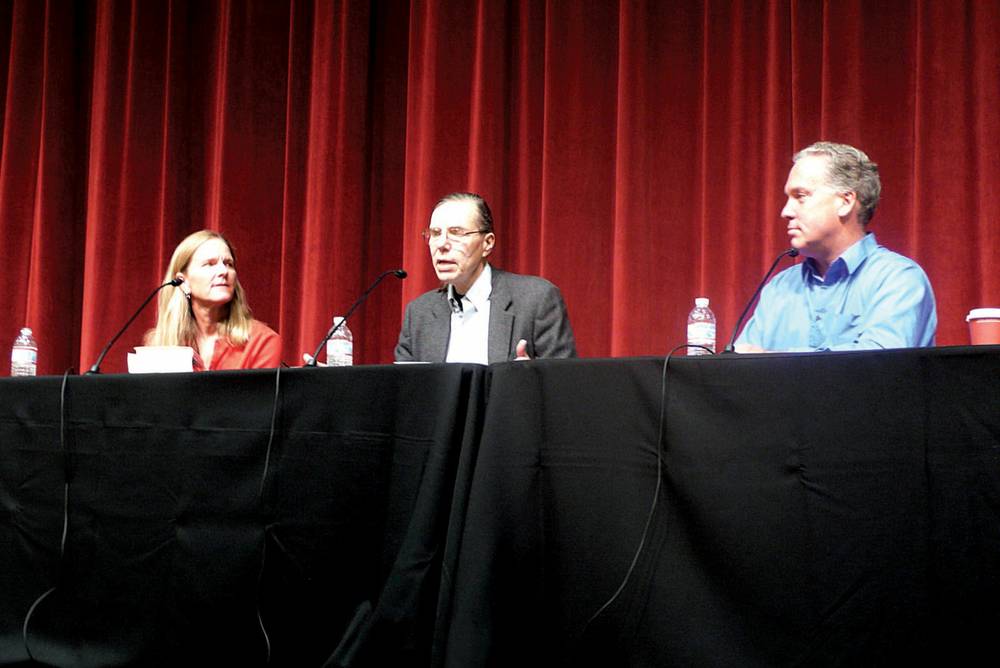

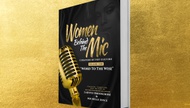
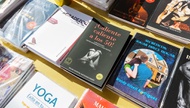

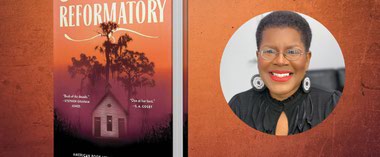
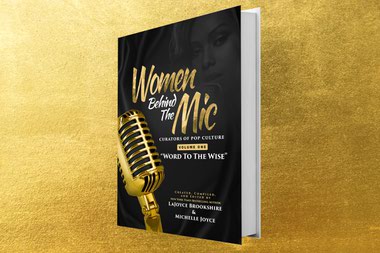
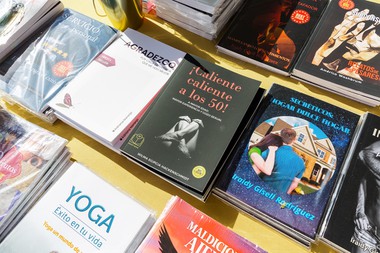
Previous Discussion: